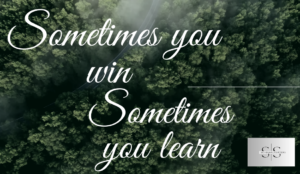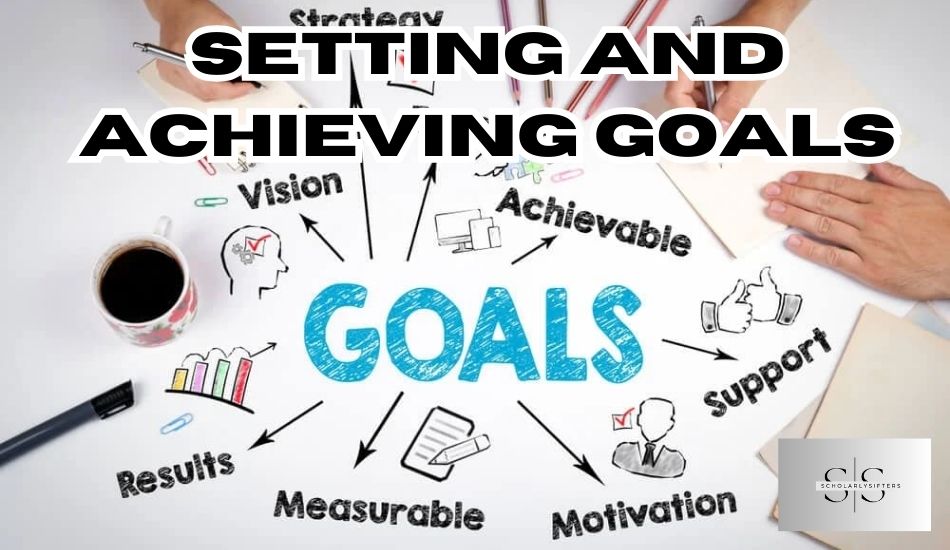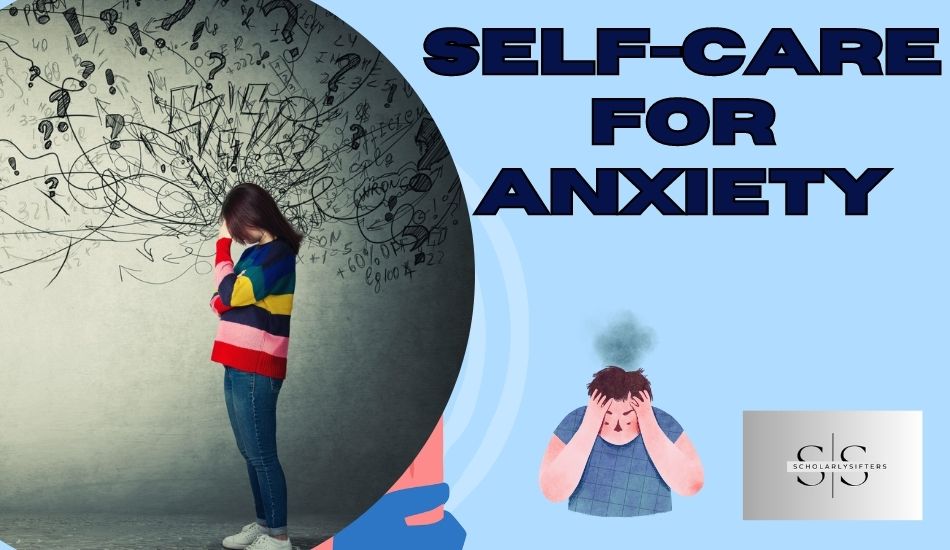No products in the cart.

The Reality of Failure in Society: Identifying Indicators and Strategies for Overcoming Challenges
Section 1: The Reality of Failure in Society
In our journey through life, encountering the reality of failure in society is as certain as the rising sun. Yet, it’s something that many of us dread. Society’s fear of failure and the impact on individuals can be profound, shaping how we make decisions and take risks. It often feels like a heavy shadow, looming over our ambitions and tainting our attempts at innovation with a sense of impending doom. But why do we fear it so? Predominantly, it’s because failure is seen not just as a lack of success but as a personal flaw. This perspective can lead to missed opportunities and an avoidance of trying new things, as the sting of past failures holds individuals back from reaching their potential.
Yet, there are countless examples of successful individuals who have embraced failure. J.K. Rowling, for instance, faced numerous rejections before “Harry Potter” found a home with a publisher. Steve Jobs was ousted from his own company, only to return and steer Apple towards its iconic status. Their stories share a common thread—a recognition that failure is not a dead end but a teacher.
Section 1: The Reality of Failure in Society
Facing failure is an inevitable part of life. It’s a theme that resonates with everyone, from the classroom to the boardroom. But what happens when society instils a deep-seated fear of failure? Society’s fear of failure and the impact on individuals can lead to a host of negative outcomes. It may cause a reluctance to try new things or take necessary risks, potentially stifling innovation and personal growth. This fear can act as a barrier, preventing individuals from pursuing their dreams due to the dread of possible rejection or criticism.
Examples of Successful Individuals Who Have Embraced Failure
Despite this pervasive fear, history is replete with examples of successful individuals who have embraced failure. Thomas Edison’s numerous failed attempts before inventing the lightbulb are often cited as a testament to perseverance. Similarly, Walt Disney was once fired for lacking imagination, a seemingly absurd notion considering his future success. These examples highlight that behind many triumphs are a series of unnoticed failures—each one a stepping stone towards eventual success.
The Cultural Shift Towards Embracing Failure as a Stepping Stone
Fortunately, there’s a growing cultural shift towards embracing failure as a stepping stone. This change is evident in the rise of Silicon Valley’s ‘fail fast’ philosophy, where rapid iteration and learning from mistakes are seen as vital to creating breakthrough technologies and services. By reframing failure as a part of the learning process, society can begin to alleviate the paralyzing fear it induces and instead encourage a more resilient, adaptable mindset.
Ultimately, understanding the reality of failure in society is crucial. It allows us to dismantle the taboos surrounding it and build a foundation for a more supportive and innovative community. By acknowledging that even the most successful individuals have faced setbacks, we can start to see failure not as a blemish on our record, but as an integral part of the journey towards success.
Why Learning from Mistakes is Essential
Have you ever wondered why some people bounce back from setbacks stronger than before? It’s because they understand the value of resilience and perseverance in the face of failure. Rather than being crushed by mistakes, resilient individuals see them as an opportunity to learn and grow. This steadfastness doesn’t just help them recover; it also prepares them for future challenges.
The Value of Resilience and Perseverance
Resilience is like a muscle
Why Learning from Mistakes is Essential
In the wake of understanding society’s tense relationship with failure, it becomes crucial to explore why learning from these very missteps is fundamental for progress. Let’s dive into the significance of resilience and perseverance when things don’t go as planned.
The Value of Resilience and Perseverance
Imagine hitting a roadblock. Now, consider two paths: giving up or pushing through. The latter embodies resilience and perseverance, qualities that transform failure into stepping stones. This isn’t just motivational talk; psychological studies have consistently shown that those who persevere in the face of adversity are more likely to achieve their goals. It’s about embracing challenges, maintaining a positive attitude, and understanding that setbacks are temporary and can be overcome with effort and determination.
Personal Growth Through Learning from Mistakes
Mistakes are life’s teachers. They offer invaluable lessons that can lead to personal growth and development. When we reflect on where we went wrong, we gain insights into our behaviour, decisions, and strategies. This reflection process deepens our self-awareness and can improve our future decision-making. Personal development isn’t just about acquiring new skills but also about honing the ability to navigate life’s ups and downs with grace and wisdom.
Achieving Long-Term Success by Embracing Mistakes
There is a clear correlation between learning from mistakes and achieving long-term success. History is replete with stories of successful individuals who failed numerous times before reaching their goals. These stories highlight the importance of persistence, learning, and adaptation. By viewing mistakes as a natural part of the journey towards achievement, we can maintain motivation and continue moving forward even when faced with obstacles.
Practical Strategies for Embracing Failure
Failure can feel like a punch in the gut, but what if we could cushion the blow and learn how to roll with the punches? Let’s delve into some of the practical ways we can transform failure from a stumbling block into a stepping stone.
The Importance of Self-Reflection After Experiencing Failure
When we trip and fall, our first instinct is often to look around and see who witnessed our tumble. Similarly, after a failure, we might wallow in embarrassment or disappointment. Yet, it’s essential to shift that focus inward. Self-reflection is a powerful tool. By taking the time to ask ourselves what went wrong, we can uncover the root causes of our missteps. Was it a lack of preparation? Misjudged timing? Or perhaps an oversight in planning? Reflecting isn’t about dwelling on the past; it’s about understanding it to better navigate the future. Think of it as gathering intel for the next mission. After all, every great strategist knows that you learn more from battles lost than those easily won.
Cultivating a Growth Mindset to View Failure in a Positive Light
Imagine looking at a seed and seeing not just the seed, but the potential tree within. That’s the essence of a growth mindset. It’s the belief that abilities and intelligence can be developed through dedication and hard work. This perspective turns failure into a mere pitstop on the road to mastery. Adopting a growth mindset means celebrating effort, learning from criticism, and persisting in the face of setbacks. It’s about recognizing that failure is not a reflection of your capabilities but an opportunity to expand them. So next time you’re faced with a setback, try to see the seed of opportunity that lies within the loss. Your greatest achievements may just be waiting to take root from the lessons learned in failure.
Seeking Feedback and Constructive Criticism to Learn from Mistakes
Feedback can sometimes sting, but without it, improvement is merely a shot in the dark. Seeking out constructive criticism is essential for turning failures into fodder for growth. Instead of shying away from comments, embrace them. Ask mentors, peers, or even customers where you could do better. Listen not only to the words they say but also to the underlying messages. Is there a pattern in the feedback you’re receiving? Use this information as a guide to adjust your actions and decisions. Remember, the goal isn’t to please everyone but to glean insights that will help you evolve and succeed in the long run.

In summing up: The Reality of Societal Failure
- Self-reflection helps identify the “why” behind failures.
- A growth mindset allows us to see failure as a teacher rather than a tormentor.
- Constructive feedback provides the roadmap for continuous improvement.
As we wrap up this blog post, let’s reconsider our stance on failure. Rather than fearing it, let’s embrace it as part of the learning process. It’s time to reframe our failures as sources of strength and wisdom. So, I encourage you—the reader—to take a moment and share your own stories of failure and learning. What has a particular mistake taught you? How have you used a setback to propel you forward? By sharing, we not only help ourselves but also create a community that sees value in every stumble along the way.
Change your perspective, embrace the lessons, and keep moving forward. Your journey is far from over—it’s just getting interesting.





